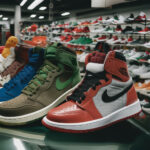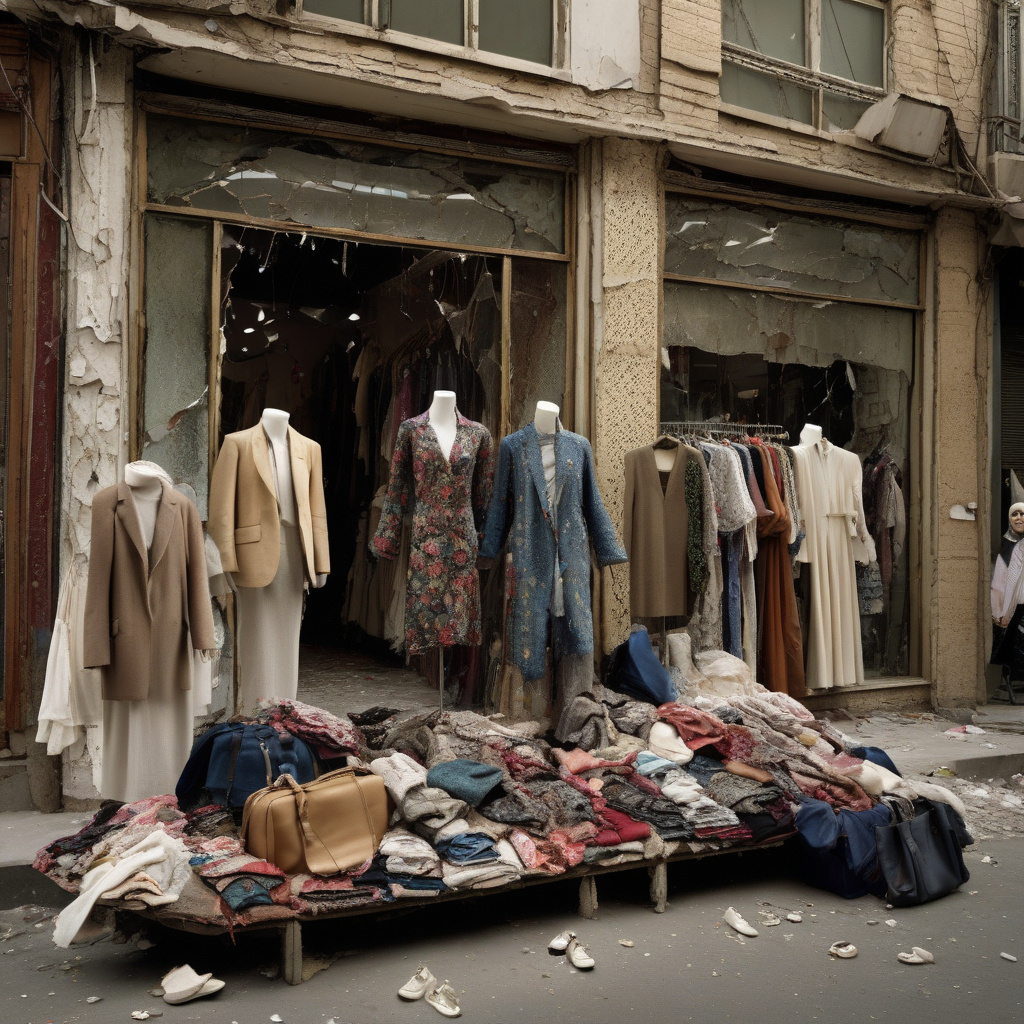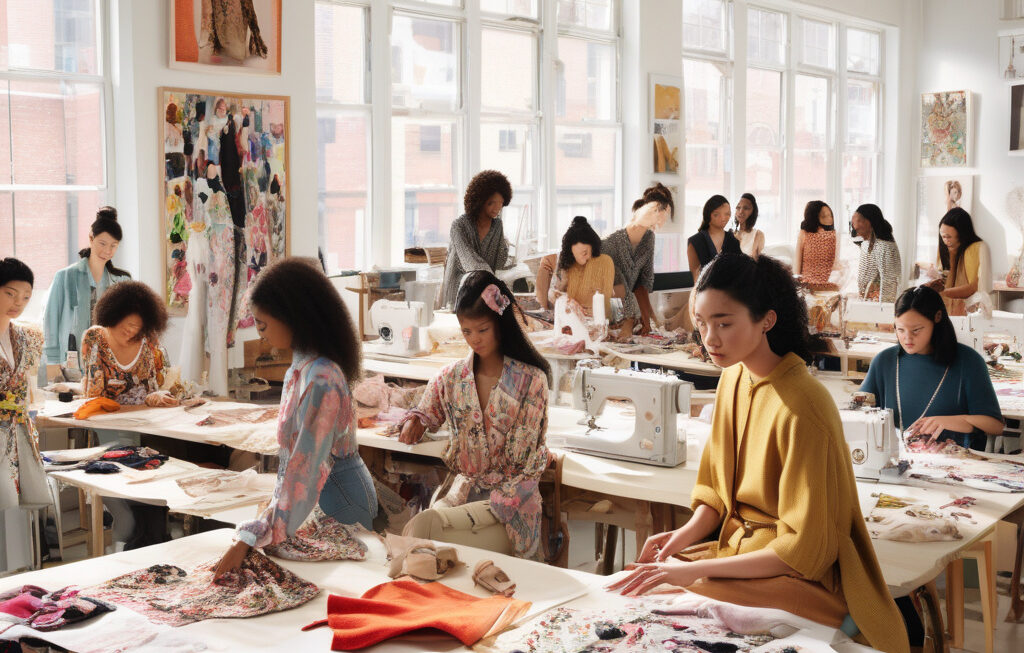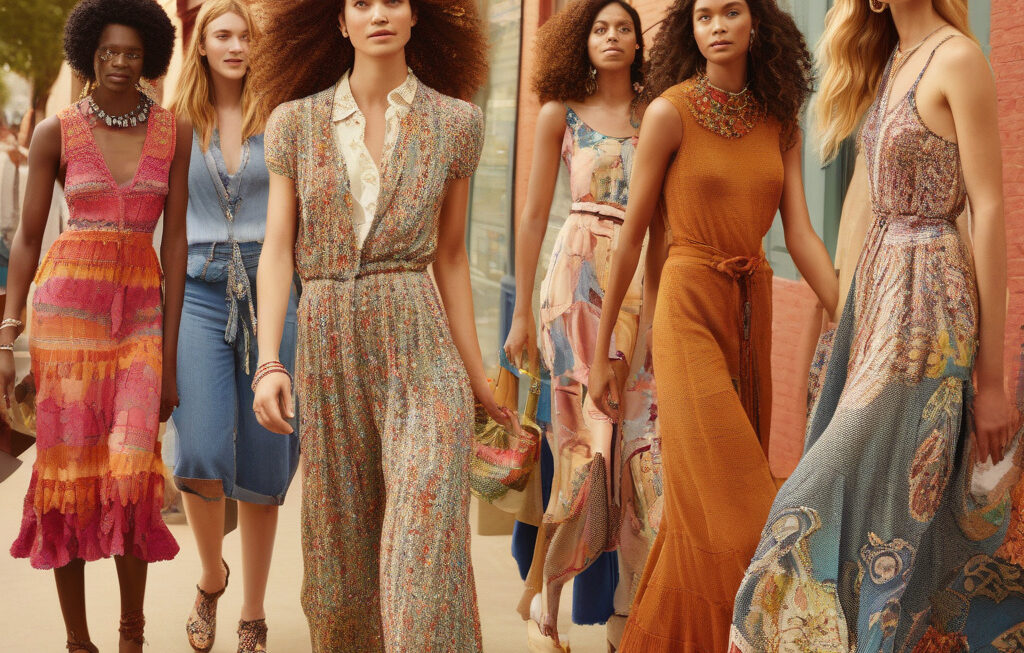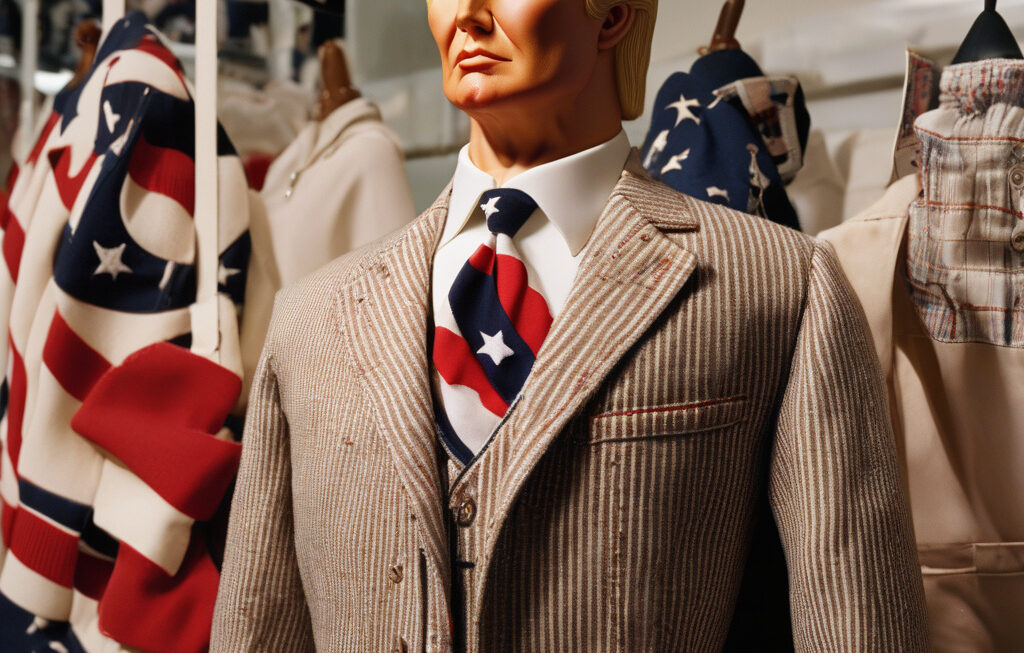Iran’s Fashion Retailers Still Reeling from War
In the ever-changing landscape of global fashion markets, Iran’s fashion retailers are facing significant challenges in the aftermath of the war. Despite the country’s rich history and vibrant culture, the fashion industry in Iran has been struggling to recover from the impact of the conflict. Retailers are grappling with a host of issues, from supply chain disruptions to changing consumer preferences. As a result, many fashion businesses in Iran are still reeling from the effects of the war, struggling to adapt to the new normal in the industry.
One of the key challenges facing Iran’s fashion retailers is the disruption to their supply chains. The war has led to widespread disruptions in global supply chains, making it difficult for retailers to source the products they need to keep their businesses running smoothly. This has forced many Iranian fashion retailers to rethink their supply chain strategies and explore new sourcing options to ensure they can continue to meet consumer demand.
In addition to supply chain disruptions, Iran’s fashion retailers are also contending with changing consumer preferences in the wake of the war. As the country rebuilds and recovers from the conflict, consumers are increasingly looking for fashion products that reflect their values and beliefs. This has forced retailers to adapt their product offerings to cater to this new demand, leading to a shift in the types of products that are popular in the Iranian market.
Despite these challenges, there are signs of hope for Iran’s fashion retailers. Many businesses are beginning to explore new opportunities for growth and innovation, finding ways to differentiate themselves in a crowded market. For example, some retailers are focusing on sustainability and ethical sourcing practices to attract consumers who are increasingly conscious of the environmental and social impact of their purchasing decisions.
This week’s round-up of global markets fashion business news also sheds light on other key developments in the industry. From Nike’s Chinese suppliers facing scrutiny over labor practices to South African e-tailer Takealot’s expansion plans, and a Japanese textile firm in trouble in Ecuador, the fashion industry continues to be a hotbed of activity and innovation around the world.
As Iran’s fashion retailers navigate the challenges posed by the war and changing consumer preferences, it is clear that adaptability and innovation will be key to their success. By staying attuned to the latest trends and developments in the global fashion market, Iranian retailers can position themselves for growth and sustainability in the years to come.
#IranFashionRetailers, #GlobalFashionMarkets, #SupplyChainDisruptions, #ConsumerPreferences, #FashionIndustryInnovation







